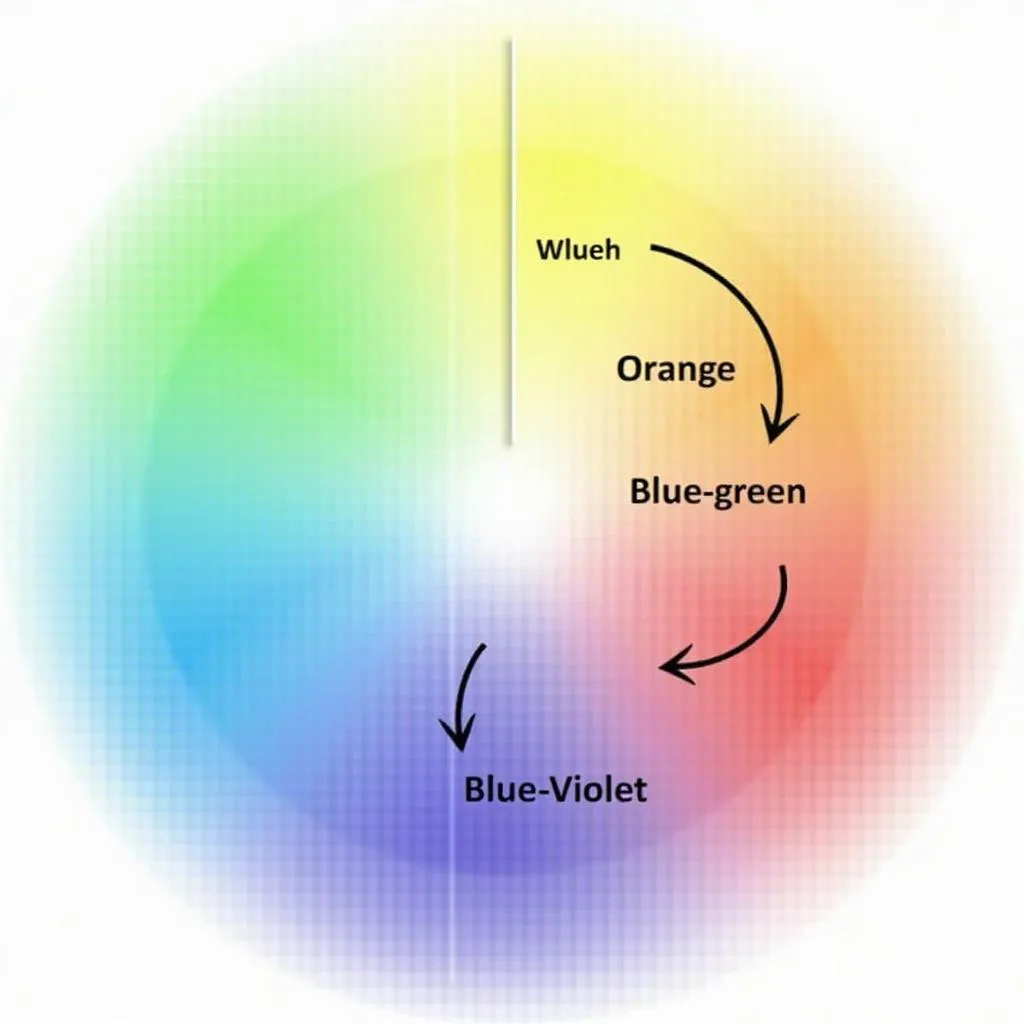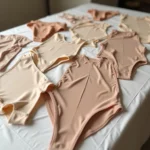Ever stood in front of a rainbow of paint chips, mesmerized by the possibility of creating the perfect shade of blue? You’re not alone. Blue, in all its tranquil and vibrant glory, is a sought-after color for home interiors and artistic endeavors. But sometimes, finding that exact blue feels like searching for a mythical creature. What if I told you the secret lies in understanding the magic of color mixing? That’s right, you can become a color alchemist by knowing what 2 colors make blue paint.
Unlocking the Mystery: Can You Really Make Blue?
Here’s the catch: blue is a primary color. In the world of paint, primary colors are the building blocks, the ones you can’t create by mixing others. Think of them as the superheroes of the color world, standing strong on their own! So, technically, you can’t conjure up blue from scratch.
But don’t despair! While you can’t make blue, you can absolutely modify and transform existing blues to achieve a spectrum of shades that would make the ocean jealous.
The Art of Blue Tweaking: Exploring Shades and Hues
Let’s dive into the fascinating world of color manipulation. Here are some techniques to achieve your dream blue:
-
Adding White: Want to create a serene sky blue reminiscent of a summer morning? White is your best friend. Adding white to blue lightens and softens it, giving you a range of gorgeous pastels. The more white you add, the lighter and airier your blue becomes.
-
Adding Black: For a touch of drama and depth, black is your go-to. Adding black to blue creates rich, sophisticated shades like navy and indigo. Be cautious, though, as a little black goes a long way!
-
Mixing Blues: Don’t underestimate the power of combining different blues. Mixing a vibrant turquoise with a deep Prussian blue can result in a captivating teal, perfect for a statement wall.
 Mixing Blue and White Paint
Mixing Blue and White Paint
Beyond the Basics: Unveiling the World of Color Theory
Understanding a bit of color theory can significantly elevate your blue-mixing game:
-
Complementary Colors: Every color has a partner in crime on the opposite side of the color wheel, known as its complementary color. For blue, it’s orange. While you won’t get blue by mixing them (remember, blue is a primary!), adding a touch of orange to a blue can create interesting, muted tones.
-
Analogous Colors: These are the neighbors on the color wheel, like blue-green and blue-violet. Mixing blue with its analogous colors can create harmonious and sophisticated shades.
 Color Wheel with Blue, Its Complementary and Analogous Colors
Color Wheel with Blue, Its Complementary and Analogous Colors
Expert Insights: A Professional’s Perspective
“Many of my clients come to me with a vision of the perfect blue, and it often involves achieving subtle nuances that pre-mixed paints can’t quite capture,” says renowned color specialist and interior designer, Amelia Grant. “Understanding how to manipulate blue through mixing is essential for creating truly personalized and unique spaces.”
Blue-tiful Possibilities: Where Will Your Color Journey Take You?
So, while the quest to find what 2 colors make blue paint leads us to the truth about primary colors, the journey doesn’t end there. Armed with the knowledge of color mixing and a dash of creativity, you hold the power to transform any blue into a shade that reflects your unique style and vision.
Ready to explore the world of color further? Check out these related articles:
Remember, the world of color is your oyster. Experiment, play, and don’t be afraid to make a splash!

